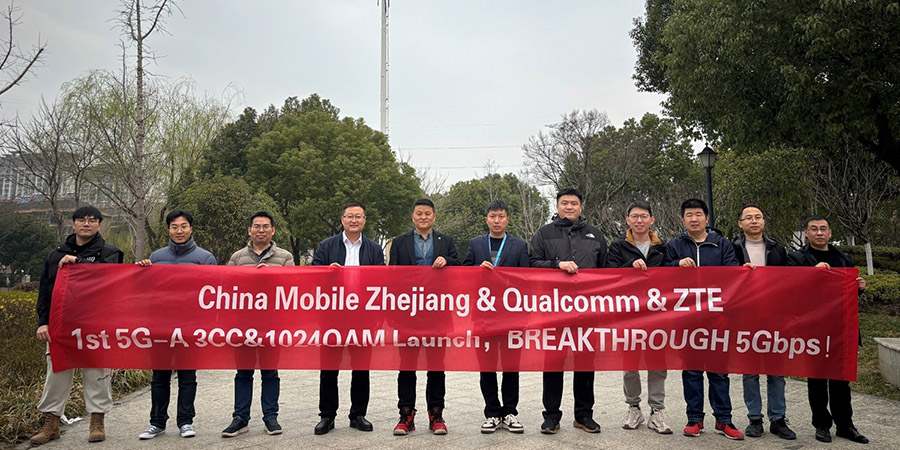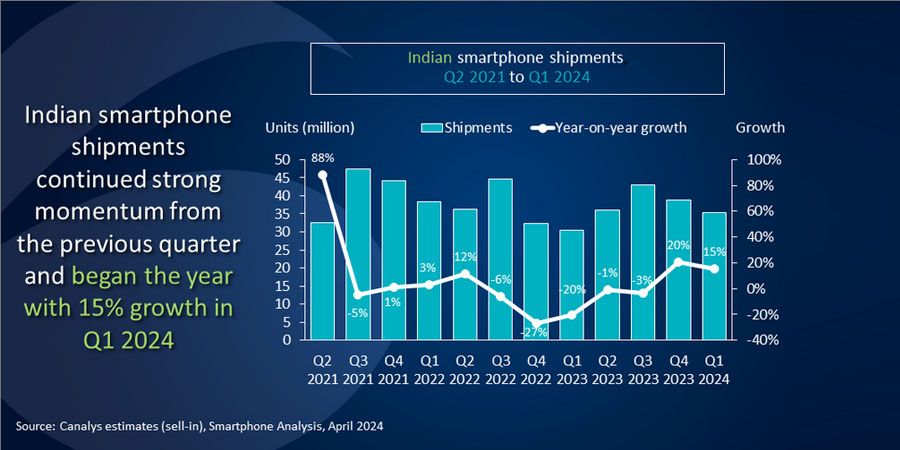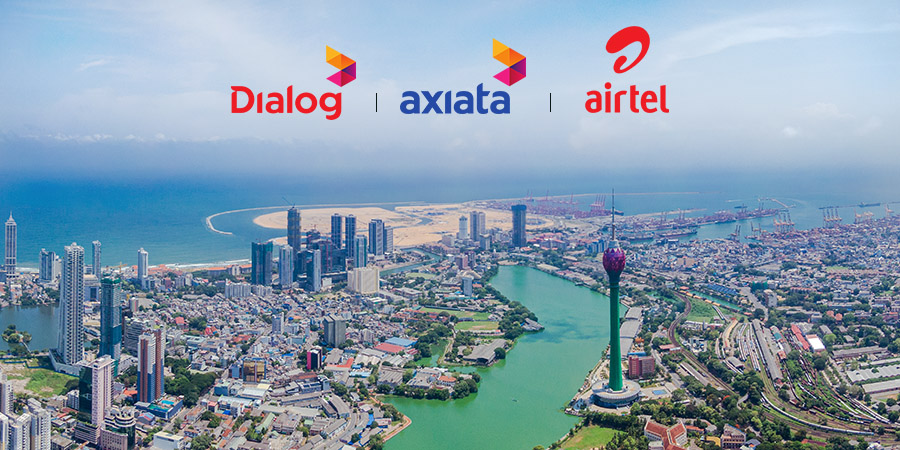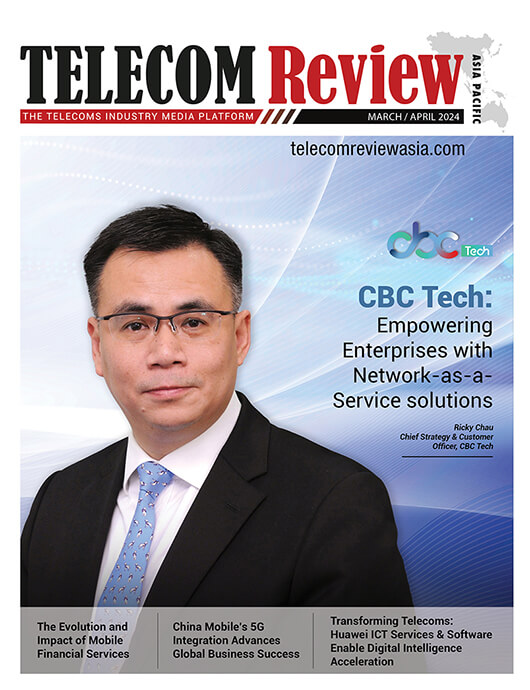Frost & Sullivan says Southeast Asia is poised for significant growth in e-commerce revenues. It is tipping the market to be worth in excess of $US25 billion by 2020, more than double its 2015 value of $US11 billion,
F&S says this growth will be achieved despite several acquisitions and market exits and many online retailers struggling to achieve profitability. 'While significant challenges persist, Frost & Sullivan remains optimistic about the growth potential of e-commerce in Southeast Asia,' the company said.
F&S says total revenues from business-to-consumer (B2C) e-commerce in the six largest Southeast Asian countries will increase at a CAGR of 17.7 percent. Malaysia and Thailand were the largest e-commerce markets in Southeast Asia in 2015, generating revenues of $US2.3 billion and $US2.1 billion respectively. 'Nevertheless, by 2020, both of these markets are expected to be eclipsed by emerging economies in Southeast Asia including Vietnam and Indonesia,' F&S says.
Cris Duy Tran, lead consultant in e-Commerce, digital transformation at Frost & Sullivan Asia-Pacific, said: 'Despite being relatively young, the e-commerce market in Southeast Asia is developing quickly, thanks to the astounding rate of digital adoption in the region. However, companies pursuing an Amazon-style B2C mass market business model are struggling to turn a profit and there have been several mergers and acquisitions and market exits in 2015.
'With fewer players in the market, e-commerce players are beginning to compete beyond price points and logistics and moving into new areas such as online-to-offline (O2O) e-commerce and loyalty programs.'
F&S said the mass marketing approach had not worked in Southeast Asia to date, but there were many exciting opportunities in specialized e-commerce and P2P e-commerce. 'Services such as Carousell, Tokopedia and Shopee are aggressively pursuing a '˜mobile first' strategy, and we expect to see more sector-specific services in areas such as travel, food delivery, and luxury good,' the company said.
F&S identified several inhibitors to growth. These include low credit card ownership that stands at less than seven percent in all Southeast Asia markets except for Singapore and Malaysia. 'In some countries, more than 50 percent of the population does not have bank accounts, making payment the biggest challenge for e-commerce companies in the region,' F&S said.
Logistics was also identified as an issue hampering the growth of e-commerce in Southeast Asia, especially in areas with complex geographies such as Indonesia and the Philippines. 'However, recent investments by regional logistics players such as aCommerce and SingPost to strengthen the e-commerce logistics infrastructure in these markets could accelerate the growth of online retail in the region,' F&S said.












































